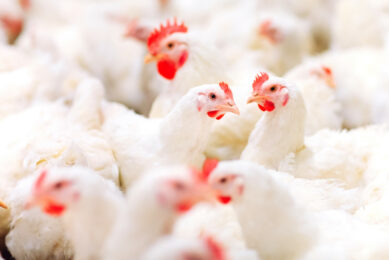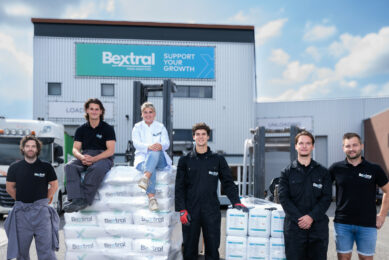Russia: ‘Polar Twilight’ diet for dairy cows
By adding crab meal and lichen fungus in to the diets of dairy cows it is possible to mitigate the negative impact of the lack of sunlight on their health. This was discovered through research conducted by a group of scientists from the Magadan Agricultural University in Russia.
Lack of sunlight is a major problem for the dairy industry in the polar regions. The animals experience severe stress, which affects their mood, disturbs the immune system and impairs fertility, the scientists stated. In addition to very short days, Russia’s far north regions are experiencing a phenomenon called ‘Polar twilight’, which commonly occurs in areas located at the inner border of the polar circles. At the solar culmination there is no true daylight , only civil twilight. Depending on the region this may last from several weeks to several months during a year.
Often feed additives are used to combat symptoms due to various types of stress. However, it is very expensive to transport additives to Russia’s far north – a poorly populated part of the country with serious infrastructure challenges.
Local raw materials may be the answer
Crab meal
To combat the stress associated with the lack of sunlight, the Russian scientists set their sights on the products that could be sourced locally. One of them being crab meal – a by-product of Alaska king crab (Paralithodes camtschatica) processing. There are a lot of valuable products leftover from crab processing, including gills, heart and liver. With the processing of the shell it is possible to obtain a valuable nutrient – chitosan, which is known for its antibacterial and antiviral properties, plus it increases body resistance to some negative environmental factors, according to the scientists. Russia’s crab production has nearly doubled over the past 5 years, reaching 95,000 tonnes in 2018. The country is one of the world’s biggest exporters of crab meat.
Lichen fungus
In addition, dairy cows could benefit from lichen acids. The composition of lichen fungus includes carbohydrates, proteins, fats, mineral salts, as well as lichen starch, which have some unique properties, the scientists added.
Trail
The scientists ran an experiment feeding of a group of cows at a commercial farm in Magadan Oblast with a diet containing 150g of crab meal per cow per day as well as 30g of lichen fungus per cow per day. Compared to the control group, these animals showed improved fertility, for example service period slightly reduced to 89 days, and improved morphological blood parameters. According to the researchers, some additional studies are required in order to justify the commercial use of crab meal and lichen fungus in the dairy industry.
Join 13,000+ subscribers
Subscribe to our newsletter to stay updated about all the need-to-know content in the dairy sector, two times a week.










